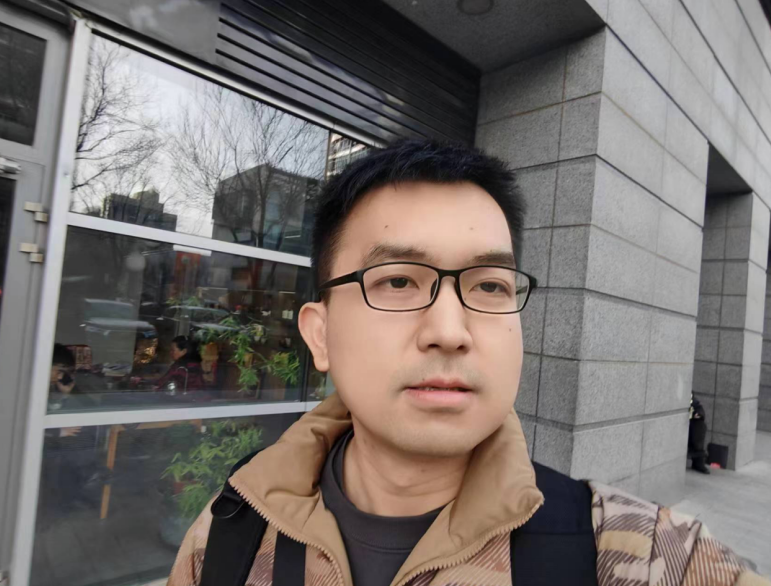"Informed AI News" is an AI-curated publications aggregation platform, ensuring you access only the most valuable information, with the aim of eliminating the information gap and transcending the confines of information cocoons. Find out more >>
Tsinghua University's Ultraman Algorithm Revolutionizes 3D Modeling for Virtual Try-Ons
- summary
- score

Summary:
A team led by Professor Zhao Hao at Tsinghua University has developed Ultraman, a groundbreaking algorithm that swiftly transforms a single 2D image into a detailed 3D human model. This innovation combines deep learning with advanced image processing techniques, significantly reducing the time required for 3D reconstruction. Ultraman excels in capturing intricate details of clothing and human movement, making it invaluable for virtual try-ons in fashion retail, enhancing 3D character creation in entertainment, and aiding in personalized health and fitness programs.
Key Concepts Explained:
- 3D Reconstruction: The process of creating a three-dimensional representation of an object from a two-dimensional image or a series of images.
- Deep Learning: A subset of machine learning that uses neural networks with many layers (hence "deep") to analyze various types of data, including images, for complex tasks like pattern recognition.
- Virtual Try-On: A technology that allows users to see how clothing would look on them without physically trying it on, typically using augmented reality or 3D modeling.
Insights:
Ultraman's development marks a significant leap in digital realism, merging the virtual and physical worlds seamlessly. Its applications extend beyond mere convenience; they promise to revolutionize how we interact with digital content, from shopping to entertainment, and even healthcare. The potential for real-time 3D modeling opens new frontiers in user interaction and personalization, suggesting a future where technology adapts to us, rather than the other way around.
| Scores | Value | Explanation |
|---|---|---|
| Objectivity | 5 | Content provides a balanced overview of the technology without overt bias. |
| Social Impact | 4 | Content discusses a technology with potential to influence online shopping and digital interactions. |
| Credibility | 5 | Information is based on a credible source, a university research team. |
| Potential | 5 | Technology has high potential to transform industries like fashion and entertainment. |
| Practicality | 4 | Algorithm is practical for real-world applications like virtual try-ons. |
| Entertainment Value | 3 | Content is informative but lacks direct entertainment elements. |